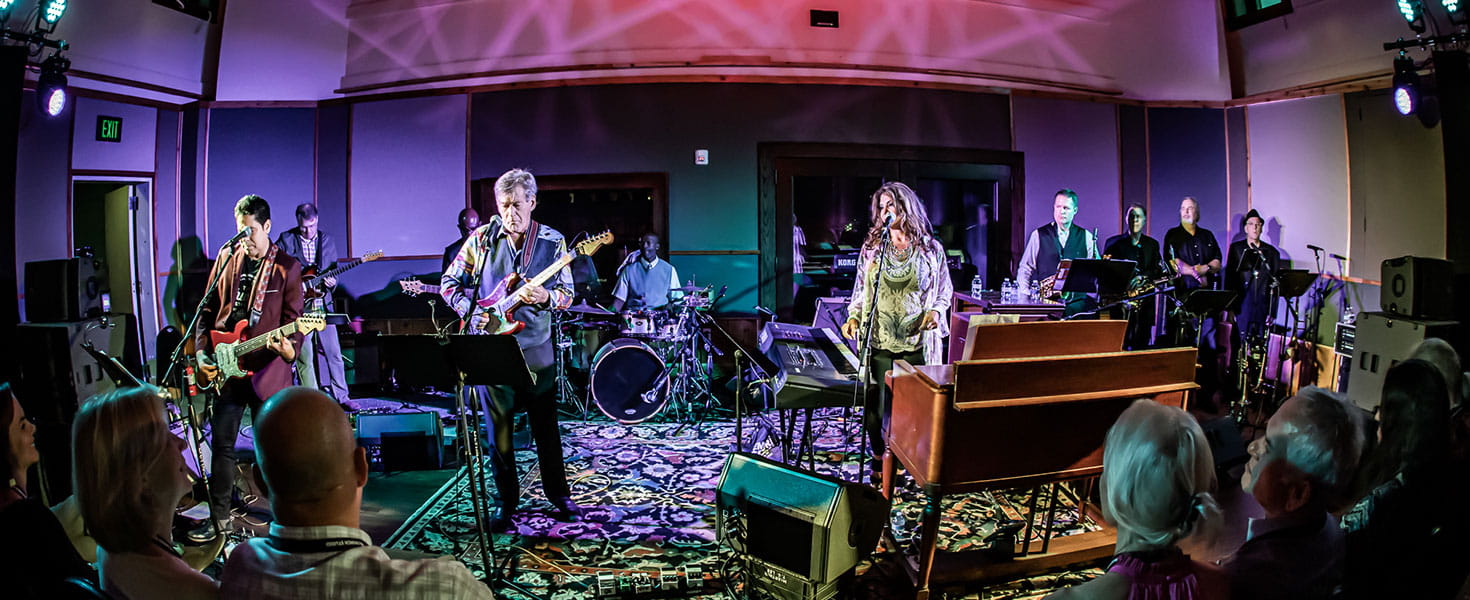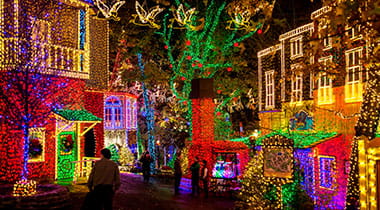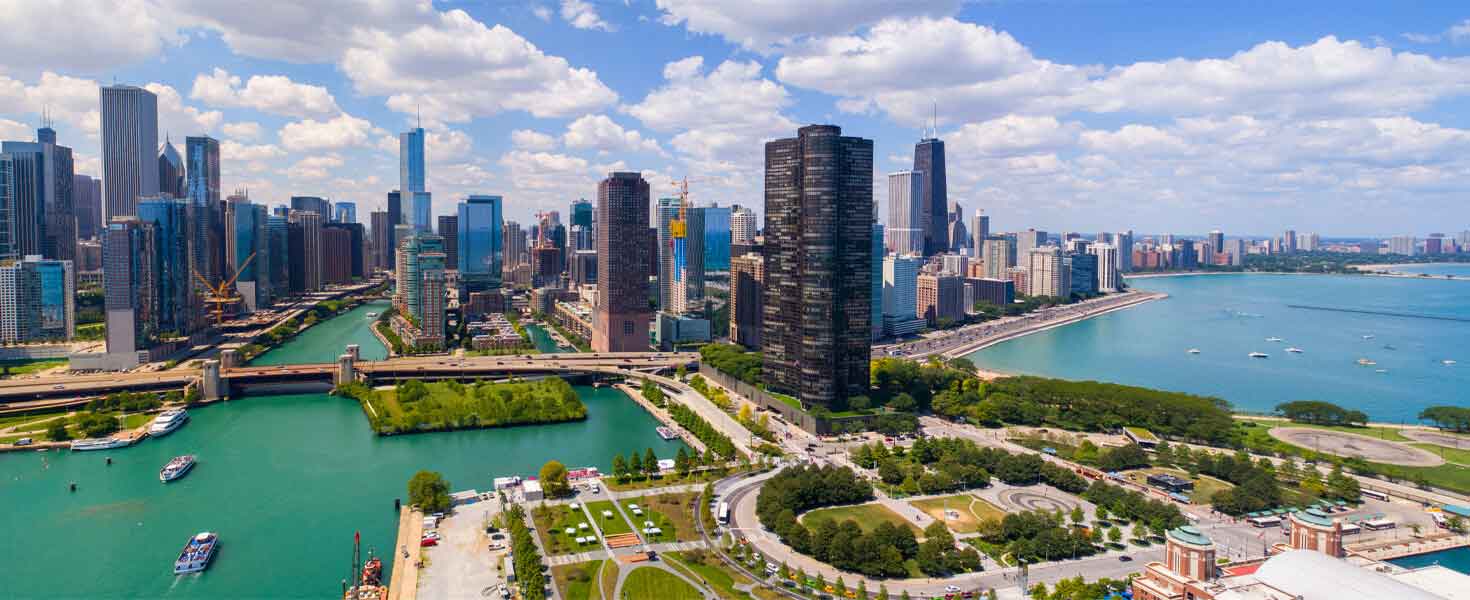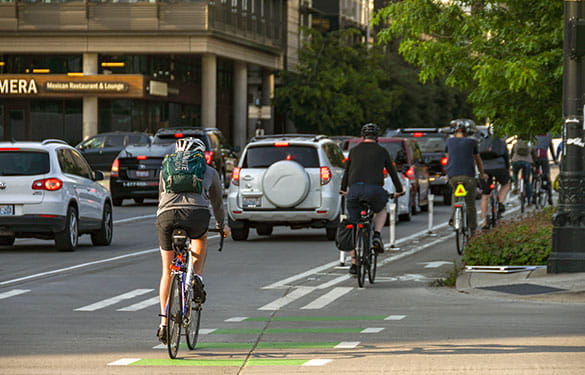When the Bob Dylan Center opened in downtown Tulsa’s Arts District in May 2022, some asked, “Why Tulsa?” After all, Dylan wasn’t born in Oklahoma, though he has recorded and performed in the Sooner State throughout his career. Understandably, Tulsa wasn’t at the top of most people’s list of cities for the creation of a center devoted to the Nobel Prize laureate in literature, who is widely considered one of the greatest singer-songwriters of all time.
When a Vanity Fair writer asked Dylan in a 2022 interview why he chose Tulsa as the home for his archives and cultural center, Dylan replied, “There’s more vibrations on the coasts, for sure. But I’m from Minnesota, and I like the casual hum of the heartland.”

Among the factors shaping Dylan’s choice was Tulsa’s success in bringing the archives of Oklahoma-born folksinger Woody Guthrie—whom Dylan credits as a major influence on his music—home from New York in 2011. Those archives, together with a Guthrie museum, now make up the Woody Guthrie Center. That effort helped launch a revitalization of the city’s Arts District, which also features Guthrie Greens, a public hub of activity that has hosted at least 3,000 arts and neighborhood events since it opened in 2012, and an array of music venues along with restaurants, bars, art galleries and retail space.
The Guthrie and Dylan centers share a large renovated warehouse, though each has its own entrance. About half of the 29,000-square-foot Bob Dylan Center is open to the public with exhibits on two floors. A self-guided tour starts with an 18-minute documentary on Dylan, now 81. You’ll want to use one of the free audio tour guides available at the front desk for the rest of the tour.
Most of the ground floor is a gallery with displays around the perimeter presenting a chronological journey through Dylan’s career and a series of six columns in the middle of the room. Called “song pillars,” these exhibits take you through Dylan’s creative process of writing, recording, producing and performing a particular song. The pillar for “Chimes of Freedom,” for example, includes the notebook with Dylan’s jottings during the 1964 cross-country road trip that he has said inspired the song, a working draft of the lyrics written on hotel stationery, and the original sheet music with published lyrics, among other artifacts.
Interactive displays include booths where you listen to music by artists, such as Muddy Waters and Little Richard, who inspired Dylan. There’s also a digital jukebox with originals, covers and songs related to Dylan.
The highlight of the second floor is a wall of artifacts. The only Dylan-owned guitar in the Tulsa collection is displayed here, along with hundreds of other items that will rotate from among the roughly 100,000 that Dylan personally saved or collected throughout his seven-decade career.

INTO THE WORLD OF WOODY GUTHRIE
Walk next door to explore more about Dylan’s earliest influence. The Woody Guthrie Center preserves and shares the social, cultural and political ideas found in Guthrie’s art and writings, including more than 3,000 songs.
If you know little about Guthrie beyond his anthemic song “This Land Is Your Land,” watch the 15-minute film that introduces his life and career. Shaped by an upbringing in the Dust Bowl, Guthrie created lyric journals and hundreds of sketches that reflect what he saw during his lifetime (1912 to 1967)—particularly on themes of diversity, equality and justice; many of these are on display in the center.
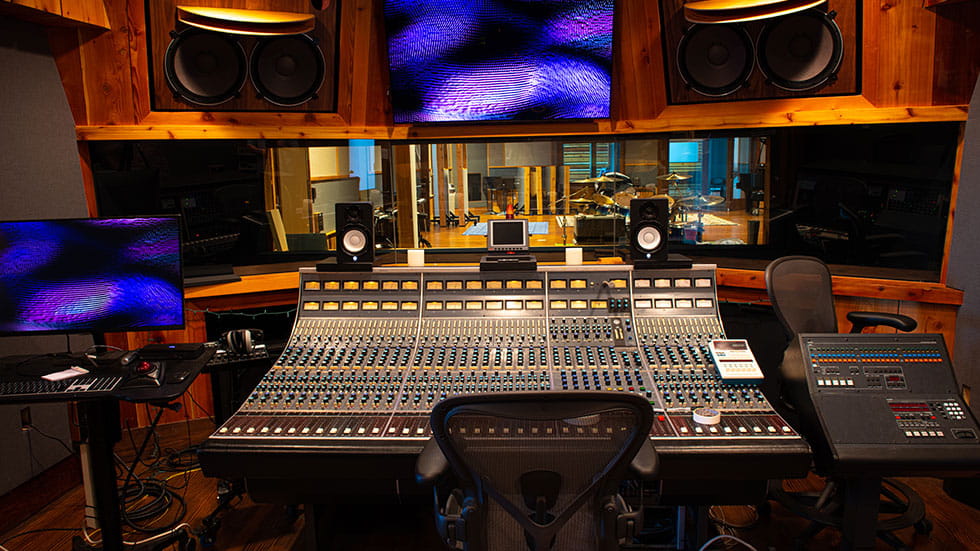
SACRED MUSIC SPACE
About two miles east of the Arts District, the building that houses The Church Studio was constructed in 1915 as a church. In 1972, Oklahoma-born music legend Leon Russell—who was inducted into the Rock & Roll Hall of Fame in 2011 for his work as a musician, songwriter and producer—purchased it and converted it into a recording studio. It reopened this past March after a five-year historic renovation. Today, it’s a working studio that also offers guided tours to the public.
After Russell returned to Oklahoma to break away from the rigid LA studio structure, he formed the boutique Shelter Records label as a musical ecosystem and operated it at the church until 1976, when he and his then-business partner had a falling out. Others continued operating the studio for several more decades. The building was in disrepair when Tulsa entrepreneur Teresa Knox bought it in 2016.
Inside, enjoy displays on Russell’s life and career as well as artifacts from Knox’s 5,000-item collection, including many items related to Russell and other artists tied to the Tulsa sound, which Knox describes as less of a music genre and more of a “period in time where artists would come to Tulsa and find camaraderie in creating amazing music just for the love of music.”
Today, you might see artists recording when you visit The Church Studio (Kenny Loggins, the Dropkick Murphys and Taj Mahal are among those who’ve recorded there recently). Enjoy displays on Russell’s life and career in the building’s entrance and a small room showcasing rotating artifacts from Knox’s 5,000-item memorabilia collection, such as items highlighting Russell’s work with Dylan, Willie Nelson and Tom Petty, who signed his first record deal with Shelter Records.
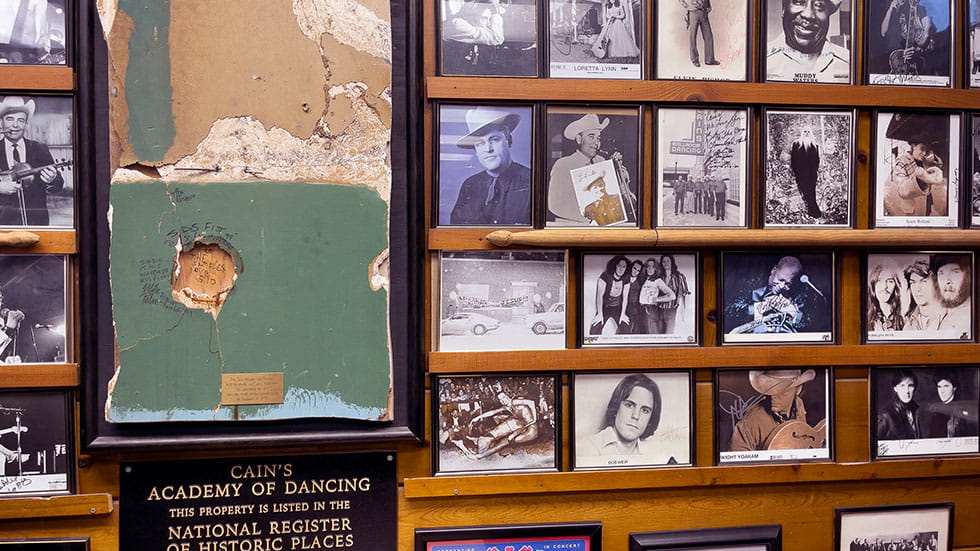
HAVING A BALL
The 30-block, pedestrian-friendly Arts District is home to historic and live music venues that have been bringing music enthusiasts to downtown Tulsa for decades. The most well-known among fans and musicians is Cain’s Ballroom, a live music venue first but also a museum in the sense that the building turns 100 in 2024 and it boasts a long list of legendary performers. The main room features original artwork dating from the 1930s, when this garage-turned-ballroom was known as the “Carnegie Hall of Western Swing” with weekly dances organized by Bob Wills and The Texas Playboys. Stop by during box-office hours, and ask for a peek inside the office; you’ll see posters and photos of bands such as INXS, The Police, U2 and Van Halen that performed here while on their way to stardom.
The locally owned venue, which holds 1,700 people, was placed on the National Register of Historic Places in 2003. It’s been renovated several times since.
The Arts District is home to other historic and recently added live music venues, and more music-centric hits are in the queue in Tulsa. The Oklahoma Jazz Hall of Fame and Museum is closed for a rebranding and building renovation expected to debut in 2023, and OKPOP (Oklahoma Museum of Popular Culture) is slated to open within the next couple of years to share the influence of Oklahoma artists on popular culture, with an entire floor devoted to 150 years of music in Oklahoma. But there’s no need to wait; eastern Oklahoma has plenty of options for a music-filled excursion, whether you’re a card-carrying-fan-club type or simply acasual music lover.








